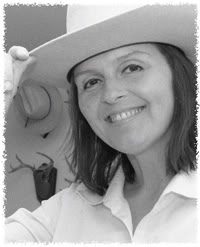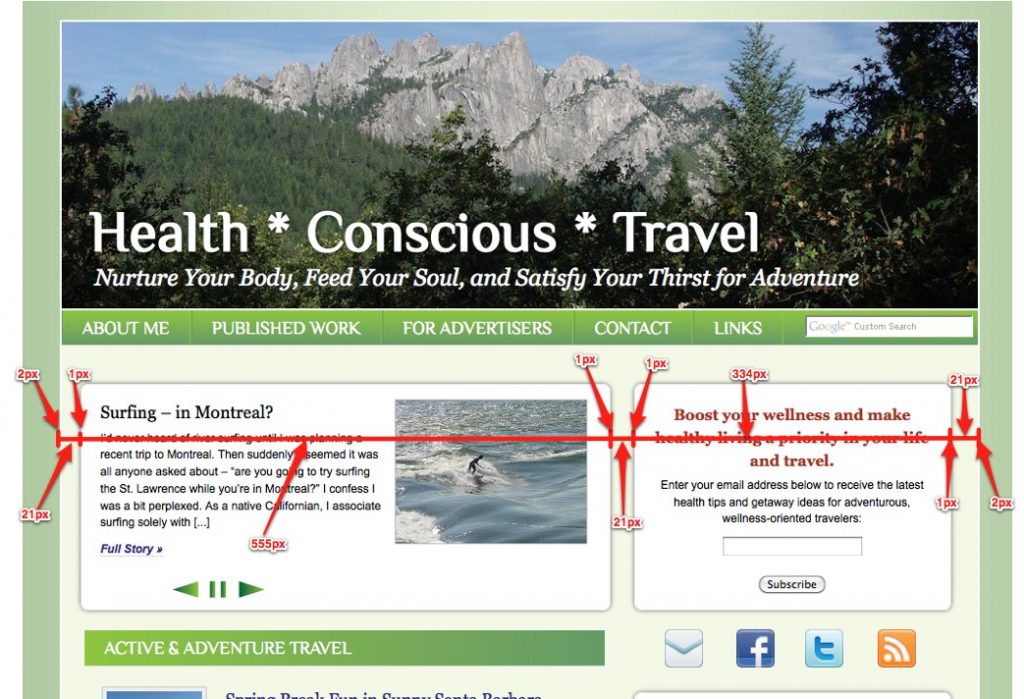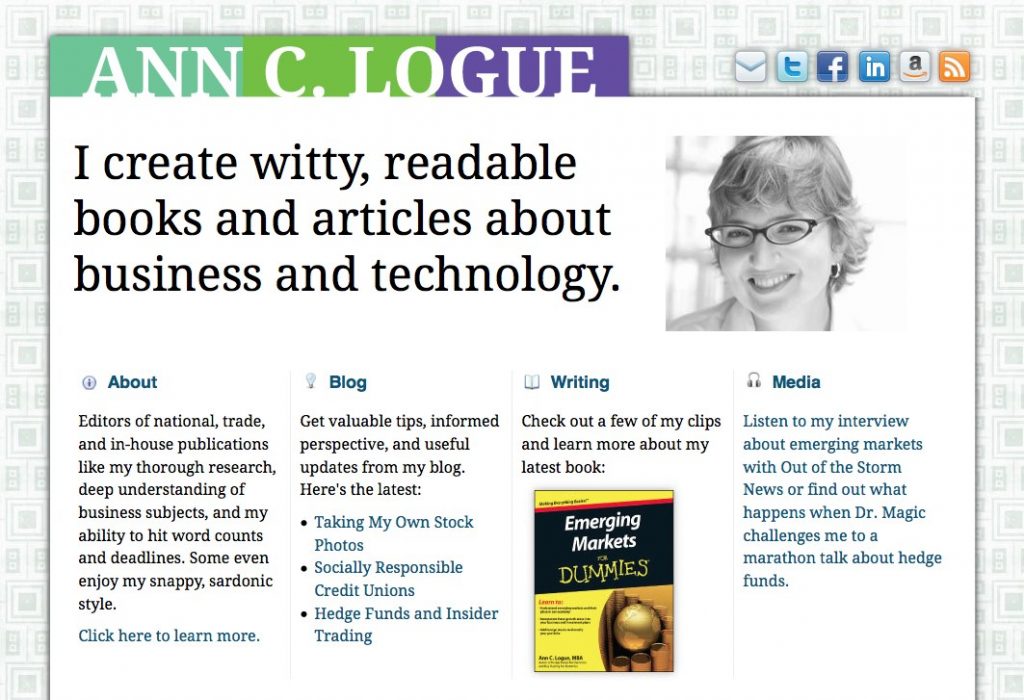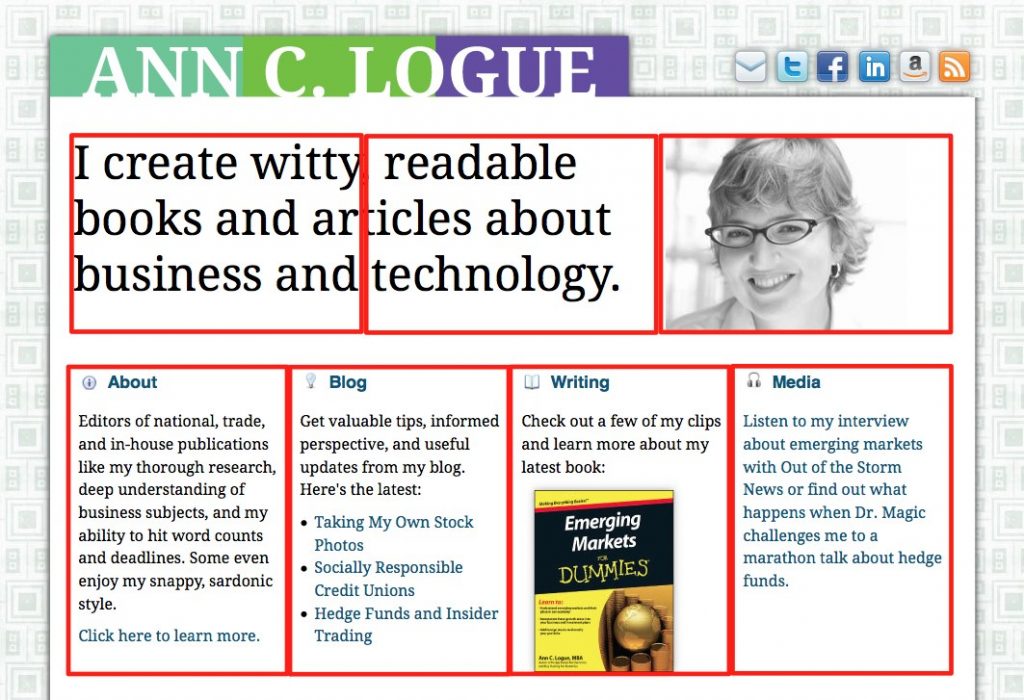If you’re even the least bit vain, like I am, you know that finding a talented hair stylist is worth its weight in gold. Like many other careers, that talent is part science and part art, as Nikki Verdecchia of NV Salon Collective in Baltimore can attest. Nikki is an award-winning stylist who opened her own salon a few years ago. Now, along with figuring the ratios for a custom color, she also does a lot of business math.
Meet Nikki!
What kinds of things do you do each day at work? I am a hair stylist and salon owner. My job as a hair stylist on a daily basis is to make people look and feel their best. As a salon owner I have to make sure that the business is running smoothly and that there is more money coming into the bank than there is going out.
When do you use basic math in your job? As a salon owner I use simple addition and subtraction to make sure the salon’s income supports the checks I write each month. I also need math for payroll. For this I use percentages since our stylists are paid a commission, or a percentage of the money they bring into the salon.
As a hair stylist, I use fractions to mix custom color formulas for our clients. In order to make each formula special, we mix color tones together in 2 ounce formulations to create unique looks. For instance, I may use 1 oz of dark golden blonde, 1/2 oz of dark neutral blonde, and 1/2 oz of light golden blonde to create a warm, buttery blonde for a client.

Do you use any technology to help with this math? As a business owner, all of those tasks are done using computers and calculators so that I have records of everything I do. Since I am often dealing with large numbers, it makes my job easier to use technology. As a stylist I am a creative person first and foremost, and the computations I do to mix color are done with mental math.
How do you think math helps you do your job better? I would never get the paychecks right or be able to create beautiful color without math! It keeps me consistent.
How comfortable with math do you feel? I have always been comfortable using math to create hair color. When I opened my business and had to start using math more often I was very uncomfortable and sure that I wouldn’t be able to do it well. I have surprised myself that I am much better at it than I ever thought I was. Technology definitely makes it so much easier!
What kind of math did you take in high school? I took algebra, geometry and calculus in high school. My grades in those classes were dramatically lower than language-based classes that I took. I never liked math before, but every time I balance my check book to the penny at the end of the month I get this secret thrill that I have managed to overcome a fear I had and learn how to perform a new task that I never thought I could do well.
Did you have to learn new skills in order to do this math? Most of the math I do every day is so simple that I’m sure I learned it in grade school.
Questions for Nikki? Please post them below, and I’ll make sure she sees them.







